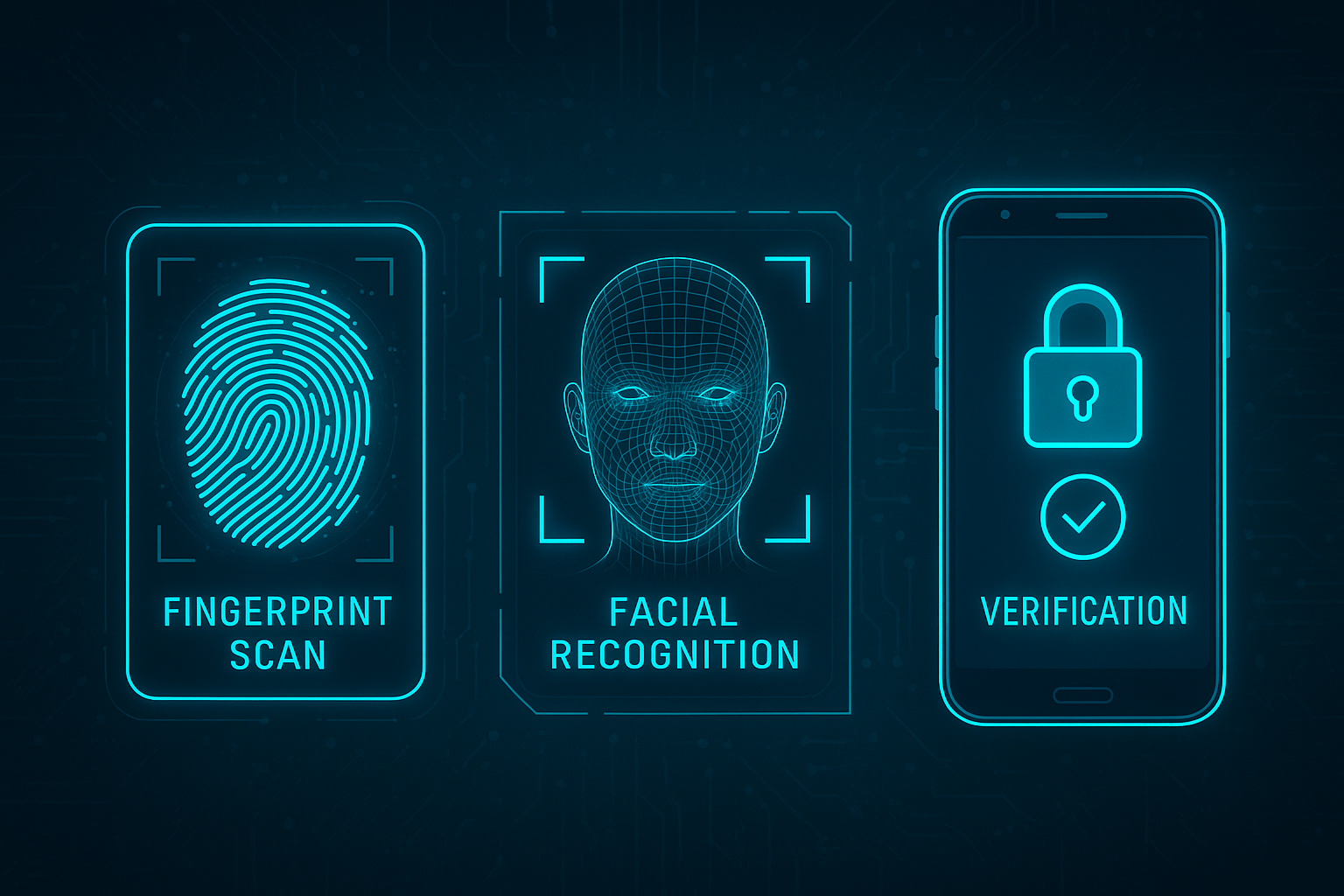The future is here: lights that turn on with your voice, a thermostat that learns your schedule, and a fridge that can order milk. But this convenience comes with a hidden cost: a massive increase in your "attack surface." Each smart device is a potential doorway for a hacker.
The Risks of Insecure IoT:
Privacy Invasion: Compromised cameras and microphones can be used to spy on your home.
Botnet Recruitment: Hackers can take over thousands of devices to launch massive DDoS attacks on websites.
Network Gateway: A weak IoT device can be used as a stepping stone to attack your more valuable devices, like your laptop or phone.
5 Steps to a Secure Smart Home:
Change Default Passwords: This is the #1 rule. Many devices come with a default admin/password combo that is public knowledge.
Keep Firmware Updated: Manufacturers release updates to patch security holes. Enable automatic updates if available.
Create a Guest Wi-Fi Network: Isolate your IoT devices on a separate Wi-Fi network. This way, if your smart bulb gets hacked, it can't communicate with your main computer.
Disable Features You Don't Use: Turn off remote access on devices if you only control them at home. Disable UPnP (Universal Plug and Play) on your router unless absolutely necessary.
Research Before You Buy: Look for brands with a good reputation for security and a history of providing regular software updates.
You don't have to ditch your smart devices. A little bit of configuration can help you enjoy the convenience without compromising your security.


